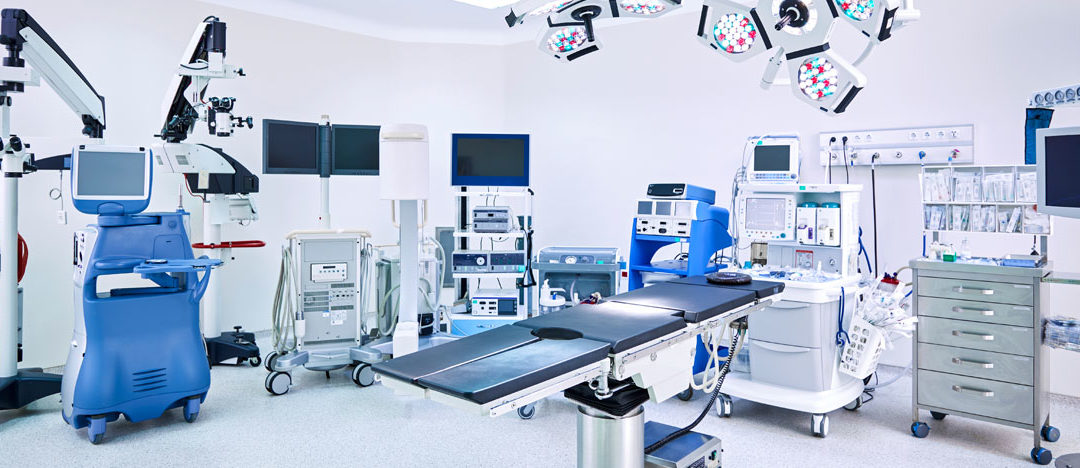Some industries have special packaging, crating and shipping requirements. Medical equipment shipping is a good example. From large imaging systems to sensitive devices to supplies, medical shipping logistics requires special expertise. This includes understanding how to prepare many different types of medical assets for transport, such as:
- MRI machines
- CT scanners
- Surgical devices
- Lasers
- Computers and peripherals
- Lab equipment
- X-ray machines
- Hospital beds, treatment tables and other furniture
- Medication
- Miscellaneous medical supplies
These items are often oversized or heavy. They may also be fragile, and contain components like gauges, lenses or mirrors. In the case of medicines and supplies, they can have unique requirements for their shipping or storage.
Proven Steps for Shipping Medical Equipment
In order to ensure your medical equipment and supplies arrive on time and undamaged, you should do the following:
- Plan ahead. The more time you devote to carefully considering the shipping of medical equipment or supplies, the better. Of course, in some cases this can be a challenge. For example, in a scenario where the need for equipment and supplies is especially urgent, like FEMA shipping related to the coronavirus (COVID-19) pandemic, you might not have as much time for planning as you would like. In that case, working with medical freight experts is critical.
- Address any environmental considerations or requirements. Will a piece of sensitive medical equipment be shipped to and stored in a location with high humidity? If so, you may need to protect the item from moisture damage. Or, do the medical supplies you are sending need to be held at a constant cool temperature? If so, you will need refrigerated transport.
- Identify any hazardous materials. If any of the items you are shipping contain materials that are explosive, toxic, radioactive or otherwise dangerous, it is important that you talk with your shipping provider about that. It doesn’t mean the items can’t be shipped but, rather, special “hazmat” precautions may have to be taken to ensure safe transport.
- Use tailored packaging. To protect valuable medical equipment and supplies, you need to ensure they are packaged and crated in a way that provides maximum protection. Whether you handle this task or leave it to your logistics provider, simply putting items into a crate or corrugated cardboard box and surrounding them with a little packing material is not enough. You have to be strategic in your shipping preparation, including the use of custom blocking and bracing designed by packaging engineers.
- Consider disassembling items if necessary. In some cases, protecting the sensitive or fragile internal workings of a piece of medical equipment may require you to partially or fully disassemble it. While that may take some time and effort, the payoff is a successful, damage-free shipment.
- Insure and track your items. Medical equipment and supplies tend to be expensive. Consequently, it’s important to properly insure them and entrust them to a logistics provider that can carefully track them from pickup to delivery.
- Take special care with overseas shipments. International shipping poses unique challenges, including customs paperwork, ISPM 15 heat-treated and stamped crates and others. Learning about those requirements or working with a shipping service that has experience with them is essential. If your shipment will involve ocean freight, vapor-barrier bagging, vacuum moisture removal, activated desiccants and other measures may be required to adequately protect your assets.
- Allow time for installation. For some medical devices and machines, there may be a significant amount of setup required of your team before they can be used. Be sure to factor in that time as you are scheduling the use of the item.
- Consider reusable packaging. For items that will be shipped regularly, having a reusable custom crate built can maximize protection of the asset during transport and also save you money. Tailored crates can have hardware like link locks, hinges and locking hasps that ensure they close securely and can be opened easily without tools. A crate can also have labels, stenciling or logos applied that clearly identify your company as the owner.
Why Proper Medical Equipment Shipping Is Crucial
No organization wants to have its assets lost or damaged during shipping. For medical equipment manufacturers, hospitals and others in the industry, the stakes are especially high. Not only do you need to protect your investment, there are patients whose successful diagnosis and treatment may rely on the machines, devices and supplies you are shipping.
Delays or damage to an asset could have a direct effect on patients. Consequently, you need to go the extra mile to ensure your items reach their destination in excellent condition and in a timely manner.
The first step in shipping large medical equipment, smaller devices, medication or supplies is understanding your options. Please contact the Craters & Freighters location near you at your convenience to learn more about our expert packaging, crating and shipping services.

